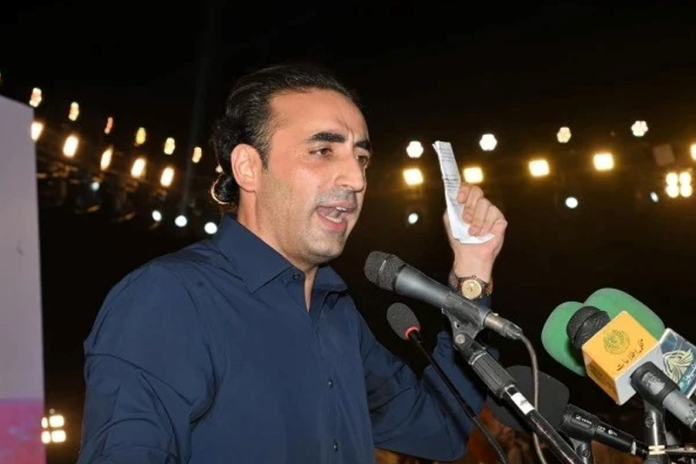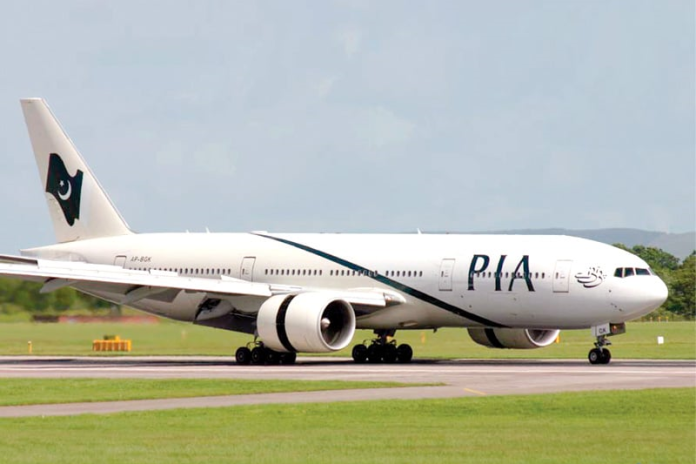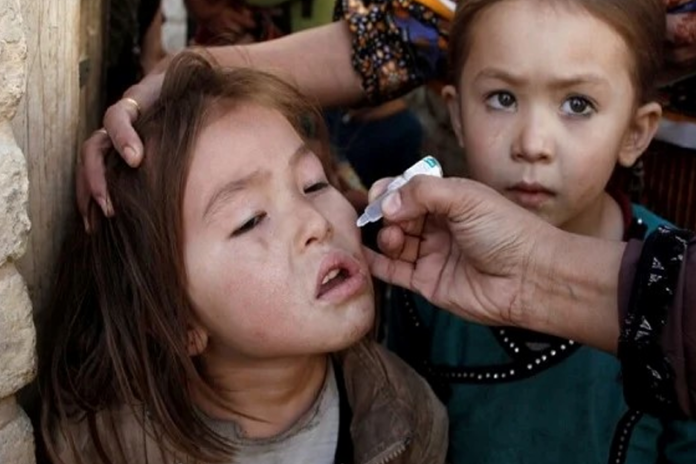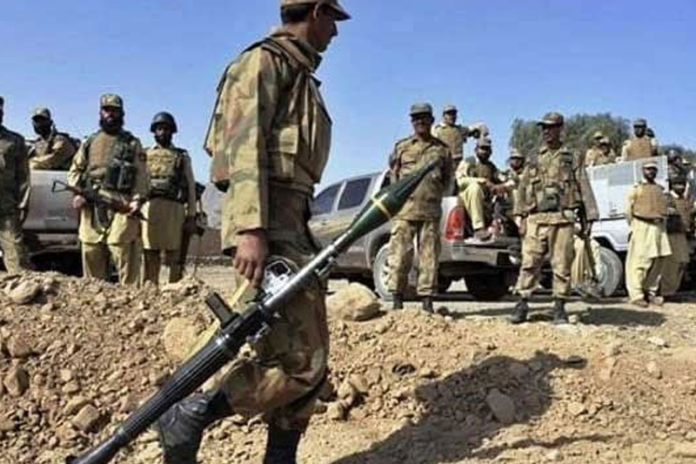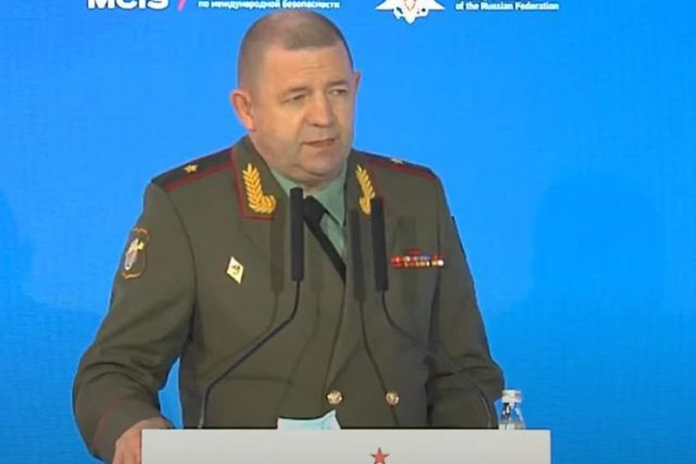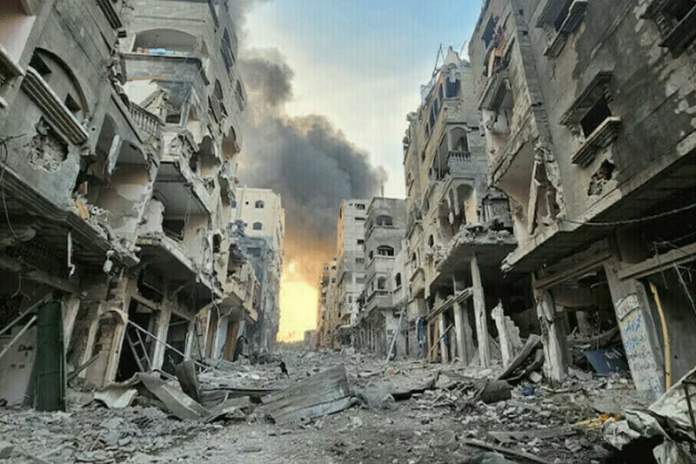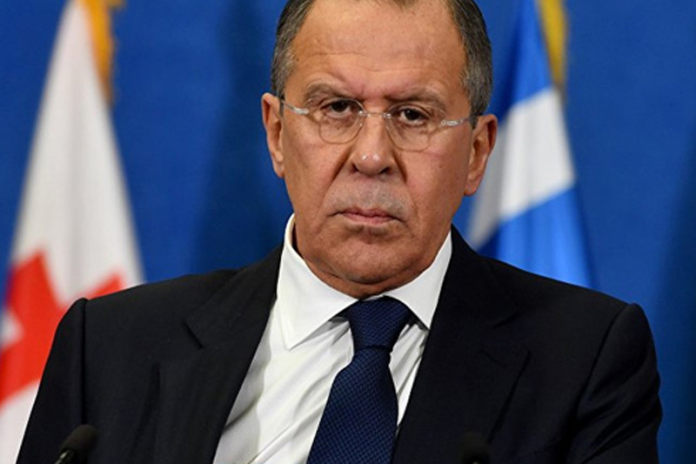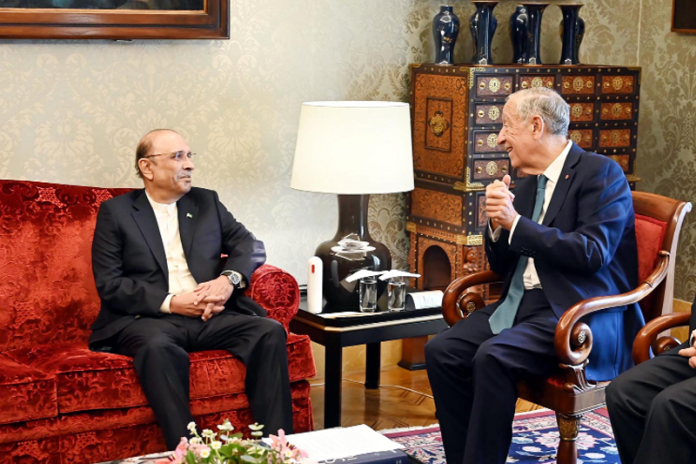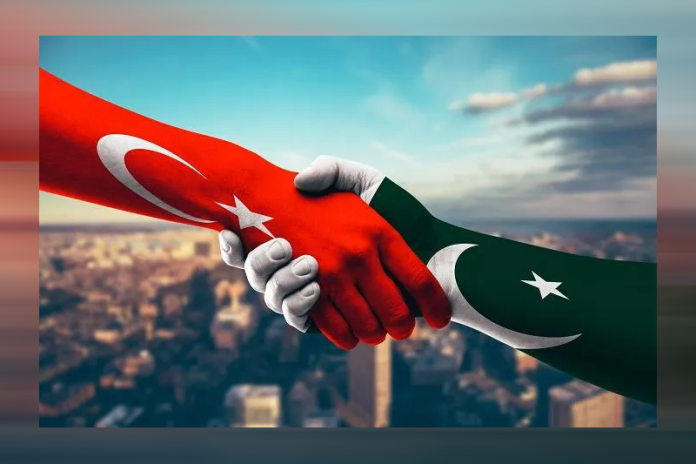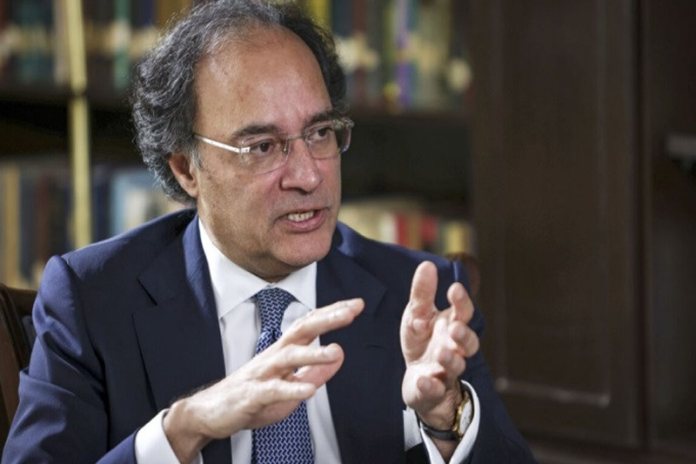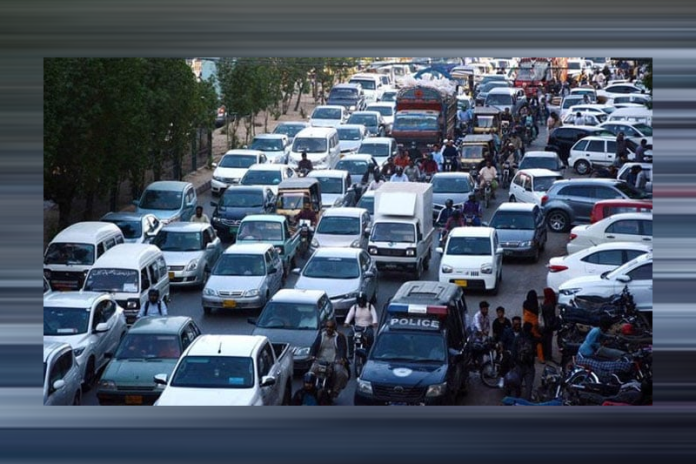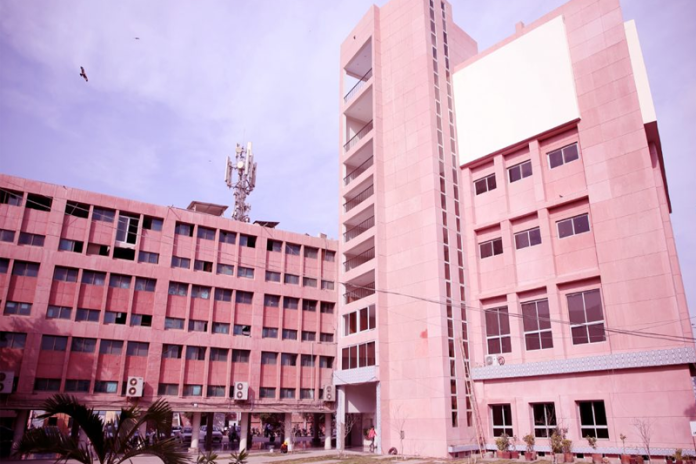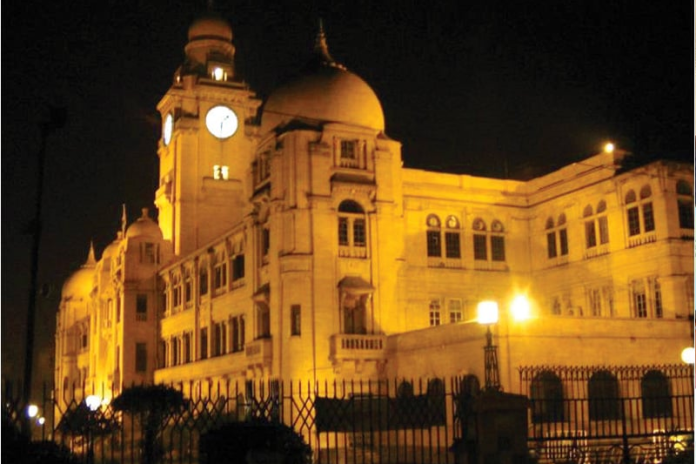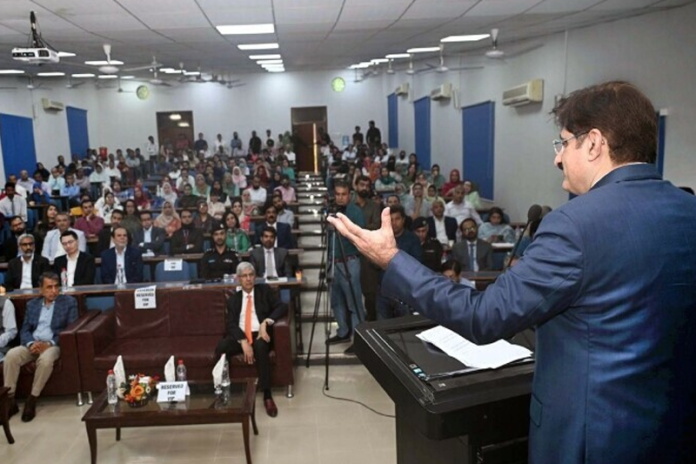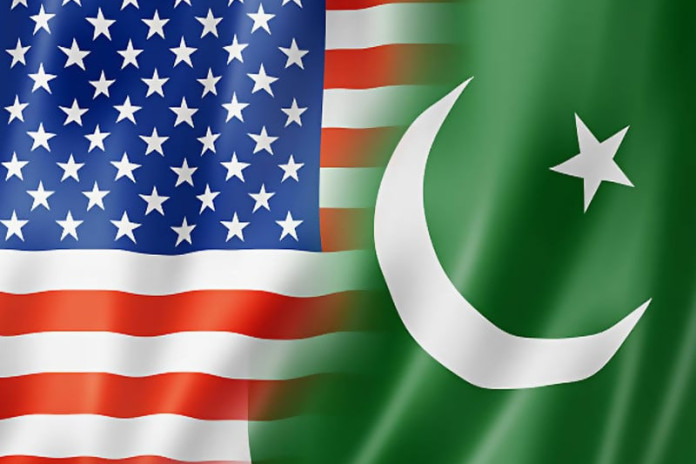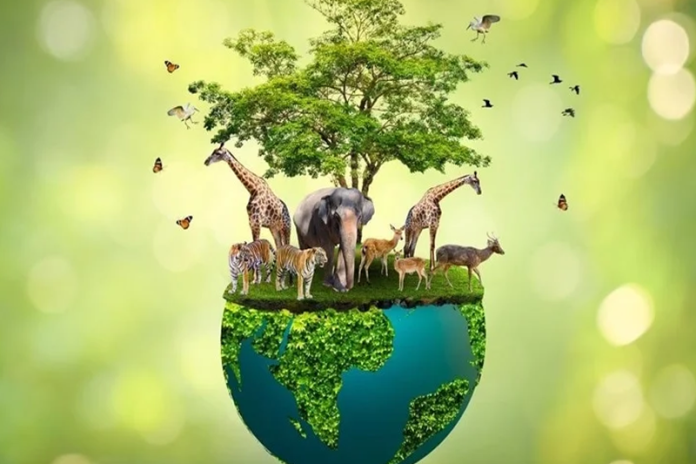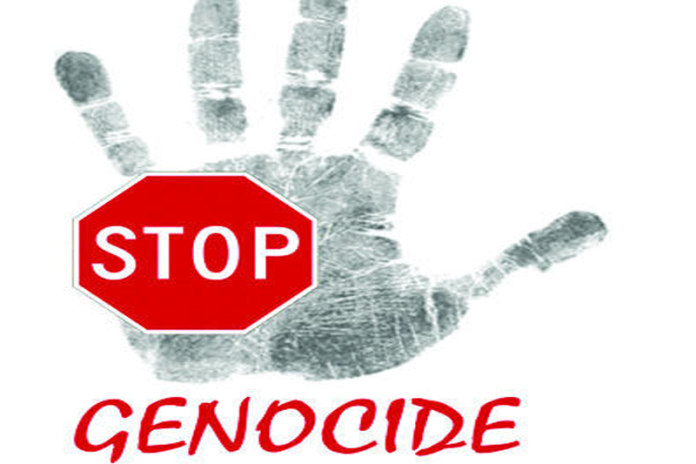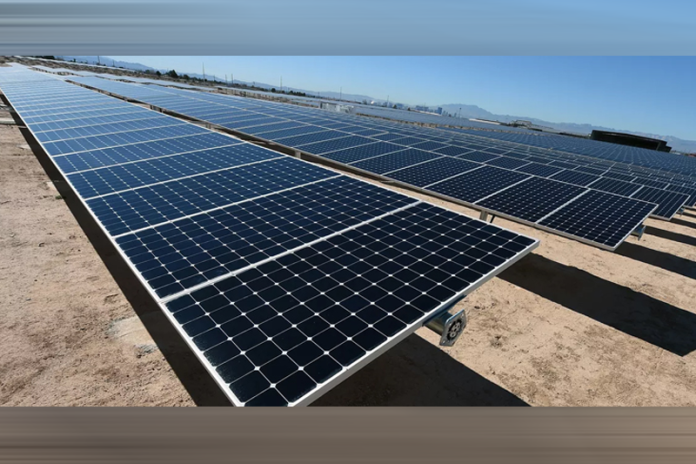International pledges: Only 21 per cent of aid received for flood victims
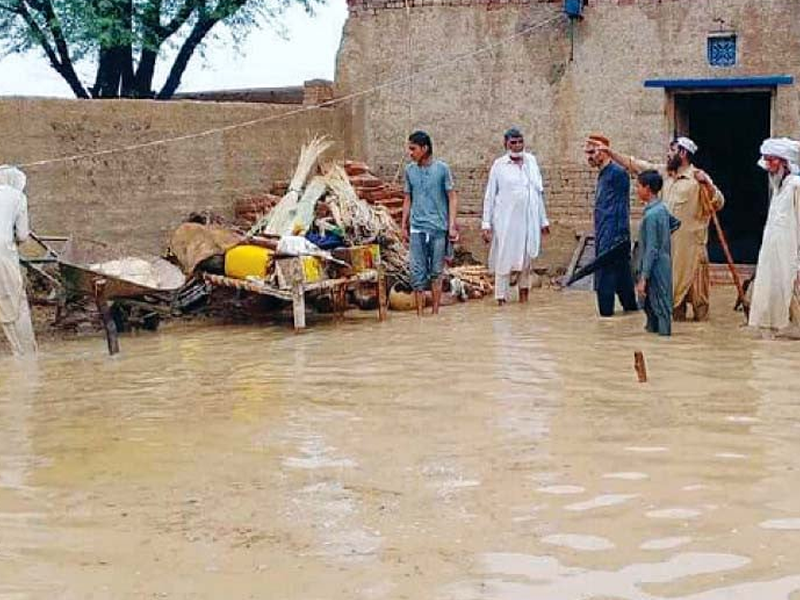
- 221
- 0
Last year floods caused severe destruction in the country, but despite the passage of eleven months, lakhs of victims are still waiting for relief. Pakistan has repeatedly appealed for aid at the international level through the United Nations, but so far only 21 percent of the estimate has been received. According to reports, in the two-day meeting of the International Partner Support Group (IPSG) in Islamabad, projects involving 97.5 million dollars have been finalized, in which 57.5 million from the Asian Development Bank and 40.40-million-dollar funding from the World Bank funding is included.
In this regard, the Board of Executive Directors of the World Bank has approved 21 million 30 million dollars to improve the provision of livelihoods and essential services, especially in Balochistan, to increase economic and administrative security, for which the country director of the bank in Pakistan has approved to the government in which the commitment to work together has been expressed.
The World Bank’s priorities include providing employment to flood-affected people, preventing future floods and building irrigation infrastructure.
It should be noted that for Balochistan, the largest province of the country in terms of area, which is lagging behind others in development and prosperity, in the mentioned package of the World Bank, in addition to employment, construction of houses for 35 thousand one hundred people, drinking water, roads and other basic needs are provided.
The monsoon season is upon us again, so protecting the victims as much as possible from any new disaster should be the first priority.
For this, instead of looking at each other, the federal and provincial governments and the relevant institutions and departments should take immediate steps as a team.
It has to be organized because it is the urgent need of the hour.
There is no denying that with the advent of monsoon season again, while millions of victims of last year’s floods are still waiting for relief.
The Central Development Working Party on Wednesday approved 15 projects in the affected areas at a cost of Rs 195 billion. Of these, about 30 billion Punjab, 51 billion Sindh, 14 billion Khyber Pakhtunkhwa, 44 billion Balochistan, 11 billion Azad Kashmir, 8 billion Gilgit-Baltistan, while 35 billion rupees will be spent on upgrading the electricity system and flood warning facilities. It is estimated that 17 thousand 624 houses, 30 schools, 50 km long roads, construction of 825 agricultural farms, 1 million 47 thousand acres of land, 223 tube wells and about 31 lakh people will be rehabilitated.
According to the United Nations Development Organization (UNDP), 33.3 million people were affected by these floods, of which 9 million are expected to fall below the poverty line, while only 21% of the aid appeal from Pakistan is received. Can be collected.
In the Geneva Conference, half of the total estimate of 16 billion 300 million dollars was requested from donor countries and organizations, while 9 billion dollars were promised.
Compared to them, the money that has been made available to the government is not even a fraction of the desired goals. With millions of acres of devastated agricultural land unproductive, the dairy and livestock sectors are facing an unprecedented shortage of livestock. Millions of people are deprived of treatment facilities and the same number of affected children are deprived of going to school.
Of course, the federal and provincial governments, surrounded by economic trials, cannot afford these expenses, but this arrangement is ultimately to be made by them, for which the support of international organizations is indispensable.
Due to lack of resources, the delivery of relief goods on part of the Govt is not in accordance with the requirements of the situation. Since the floods were unprecedented in nature, the government cannot alone provide relief to the victims while the aid pledged by international donors is still to arrive in real sense of the word. In fact, there is a huge gap between the pledges made by international community to help the flood victims and the assistance delivered to Pakistan so far.
Contrary to the pledges, the ground reality is
that the relief assistance has not reached yet substantially due to which the flood victims have to face a lot of difficulties as majority of them are still living under open sky with little help available to them.
According to the United Nations, the aid promises made by UN member states for relief of flood victims have not yet fully materliasing, and there is a need for accelerating the efforts of delivering goods to the victims.
The UN Humanitarian Coordinator in Islamabad was quoted to have said:
“We have not yet seen enough funding for health, nutrition and safe water and we are working with those countries that are supporting Pakistan to see more funding in this critical area. This is absolutely a challenge and there remains a major gap.
The situation on the ground is very pathetic an estimated three and half lakh small farmers are facing extreme hardships, the provision of relief goods for affected households is still a serious issue as the country is deep in economic crisis and the relief activities cannot be carried out in real sense of the word.
One would urge the international donors and UN member states to fulfill their pledges and generously donate blankets and quilts for the flood-hit people as the cold weather is upon us.
Published in The Daily National Courier, May, 31 2023
Like Business on Facebook, follow @DailyNCourier on Twitter to stay informed and join in the conversation.

